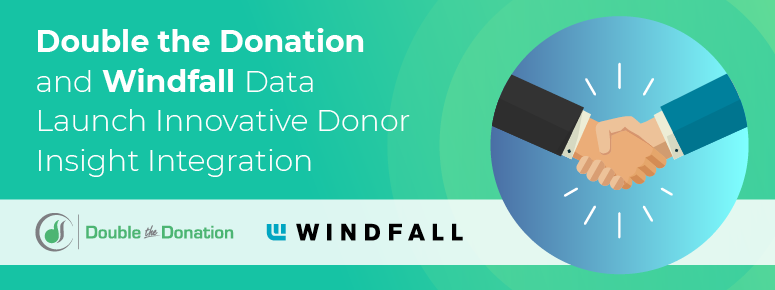
Double the Donation and Windfall Data Launch Innovative Donor Insight Integration
Double the Donation and Windfall are thrilled to launch their…

Community Funded Offers Matching Gifts Automation to Educational Institutions and Nonprofits with Double the Donation
All-in-one fundraising solution Community Funded has teamed up…
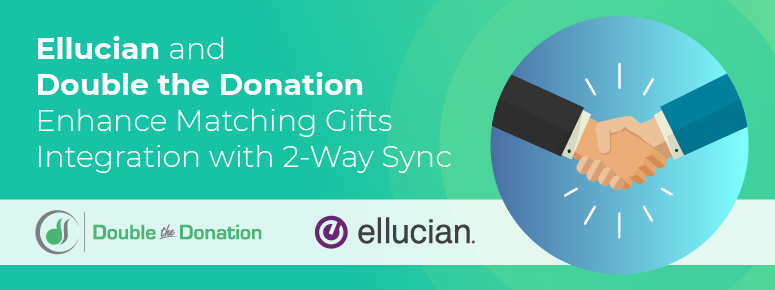 https://doublethedonation.com/wp-content/uploads/2025/11/DTD-horizontal-logo-300x63.png
0
0
Adam Weinger
https://doublethedonation.com/wp-content/uploads/2025/11/DTD-horizontal-logo-300x63.png
Adam Weinger2021-04-24 16:00:152025-11-19 13:16:45Classy Integrations: Recommendations for Smart Nonprofits
https://doublethedonation.com/wp-content/uploads/2025/11/DTD-horizontal-logo-300x63.png
0
0
Adam Weinger
https://doublethedonation.com/wp-content/uploads/2025/11/DTD-horizontal-logo-300x63.png
Adam Weinger2021-04-24 16:00:152025-11-19 13:16:45Classy Integrations: Recommendations for Smart Nonprofits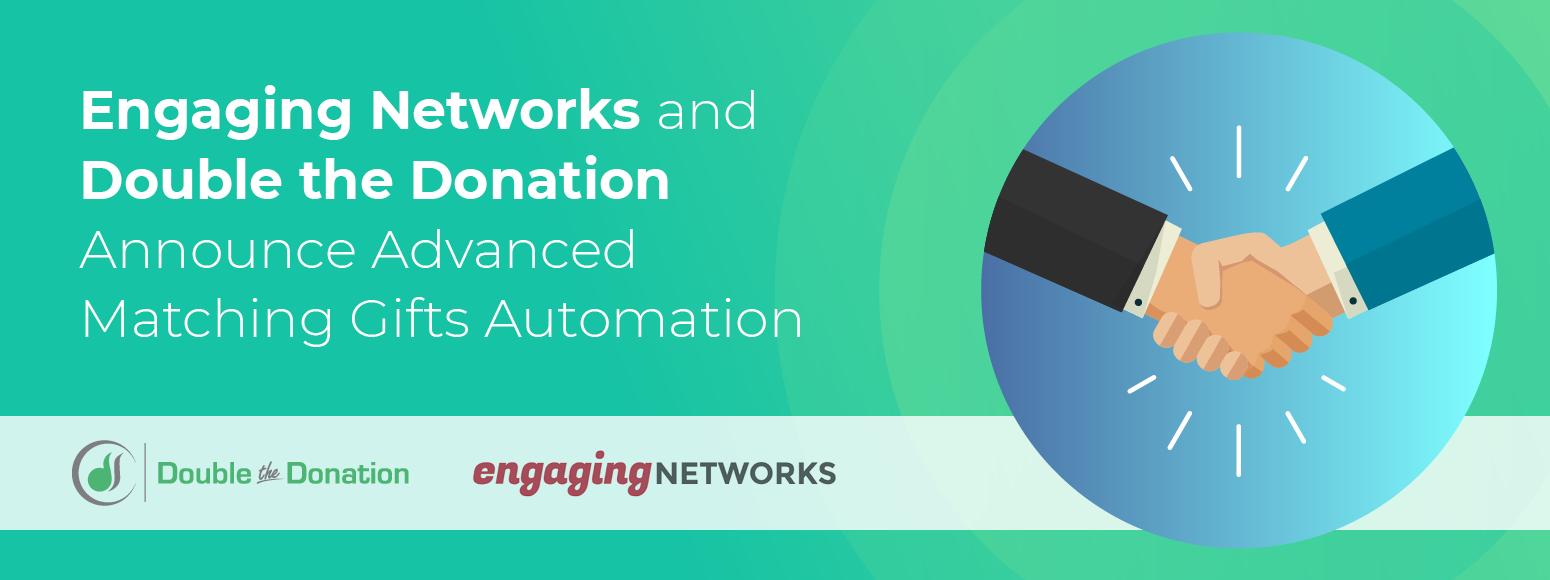
Engaging Networks and Double the Donation Announce Advanced Matching Gifts Automation
Double the Donation is proud to announce a new integration between…
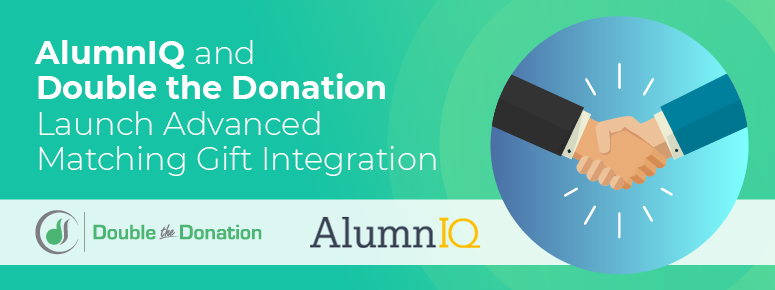
AlumnIQ and Double the Donation Launch Matching Gift Integration
AlumnnIQ, a powerful and innovative fundraising platform, has…
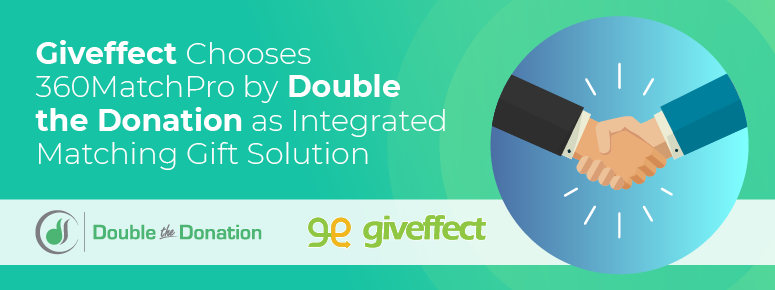
Giveffect Chooses Double the Donation as Integrated Matching Gift Solution
Double the Donation and Giveffect are proud to announce their…
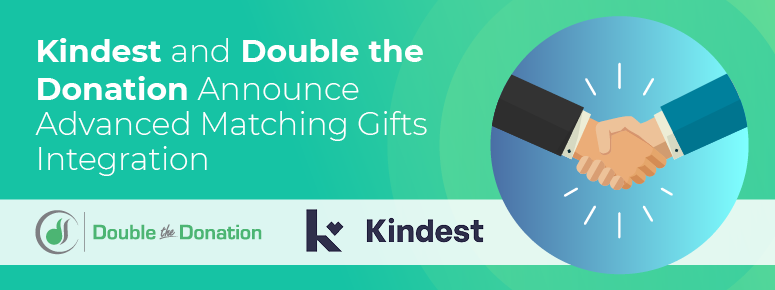
Kindest and Double the Donation Announce Advanced Matching Gifts Integration
Kindest and Double the Donation are proud to announce a new matching…
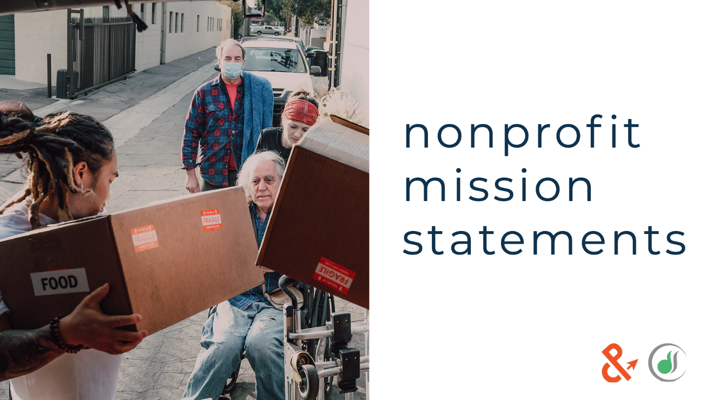
Nonprofit Mission Statements: 5 Reasons to Care
Square One.
Your mission, should you choose to accept it,…
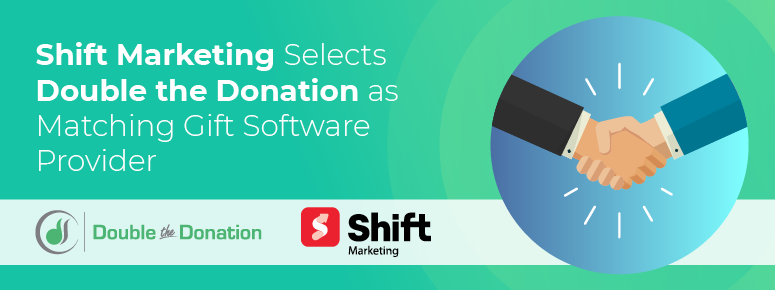
Working Together to Elevate Online Giving: Shift Marketing Selects Double the Donation as Matching Gift Software Provider
Double the Donation and Shift Marketing are proud to announce…

Ellucian and Double the Donation Enhance Matching Gifts Integration with 2-Way Sync
Double the Donation and Ellucian are proud to debut expanded…

